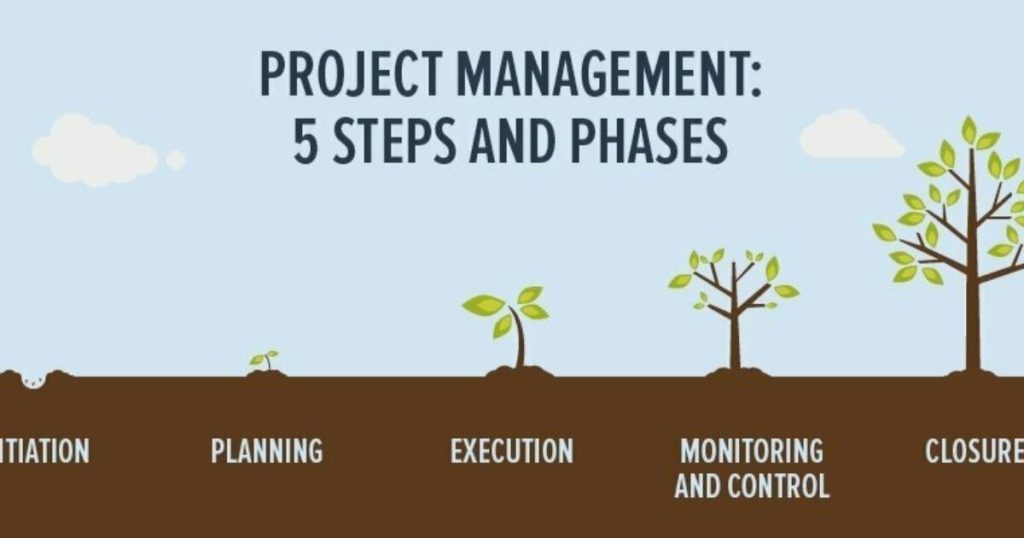Managing the Total Project Life Cycle:
The primary difference between projects and an ongoing enterprise as something to be managed is that the project has a life cycle: it starts, is executed, and it ends. More elaborately, a project has a number of life cycle phases, the simplest definition of which includes concept, definition, execution, and closeout phases. The practice of PM has moved from focusing in the early years on planning and controlling the execution of projects to include presently the conceptual phases, and project portfolio management (discussed later) provides the needed linkage between strategic growth management of the organization and PM. Extension of the project life cycle to include achieving the desired results from completion of a project is now a reality for some practitioners.
Achieving the Project Benefits:
We currently see movement toward including within the PM discipline the important post completion objective of achieving the benefits from completion of the project. Projects frequently require changes in the organization itself in order to gain the benefits from the results of the project. Thus project management often encompasses organizational change brought on by the successful completion of a project. This can be considered as a post completion project phase, perhaps named ―project results integration‖ or ―project benefits realization.‖ If the project has been executed under contract for an external customer, then the primary benefit will be whatever financial profit has been realized under the contract, plus of course the experience gained and the possibility of future business with that customer, or with other customers using the experience gained. For the customer or purchaser of the project it is necessary to integrate the project results (new information system, new office building, new process plant, new product, for example) into the ongoing business operations.

Project management, in a broad sense, can be defined as a set of tools, skills, techniques, and knowledge that can be applied to a project in order to fulfill that project’s requirements. Project management consists of a loosely defined process for completing projects successfully. This process generally consists of five phases:
· Project Initiation – Deals with selecting and starting a project
· Project Planning – Once a project is initiated, it must be planned. This is by far the largest and most important phase of project management. Without a good project plan, the project is doomed to failure.
· Project Execution – Once the plan is in place, the project team needs to execute the plan to reach the project goals.
· Project Control – Throughout the execution phase, a level of control needs to be in place to manage potential problems and monitor progress.
· Project Closure – This phase is often times overlooked, but is very important. This phase describes how to officially close out a project with a client or sponsor.


